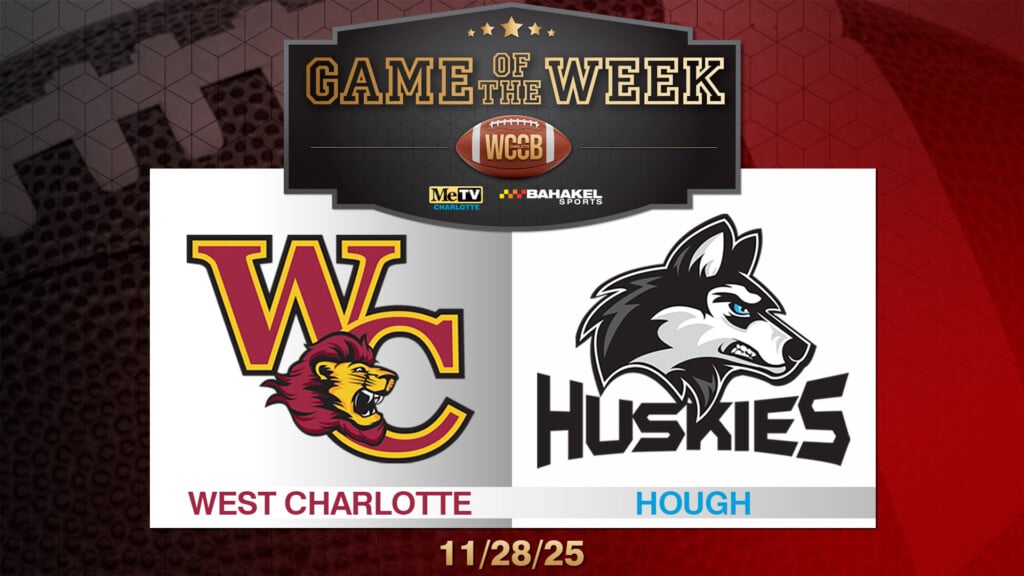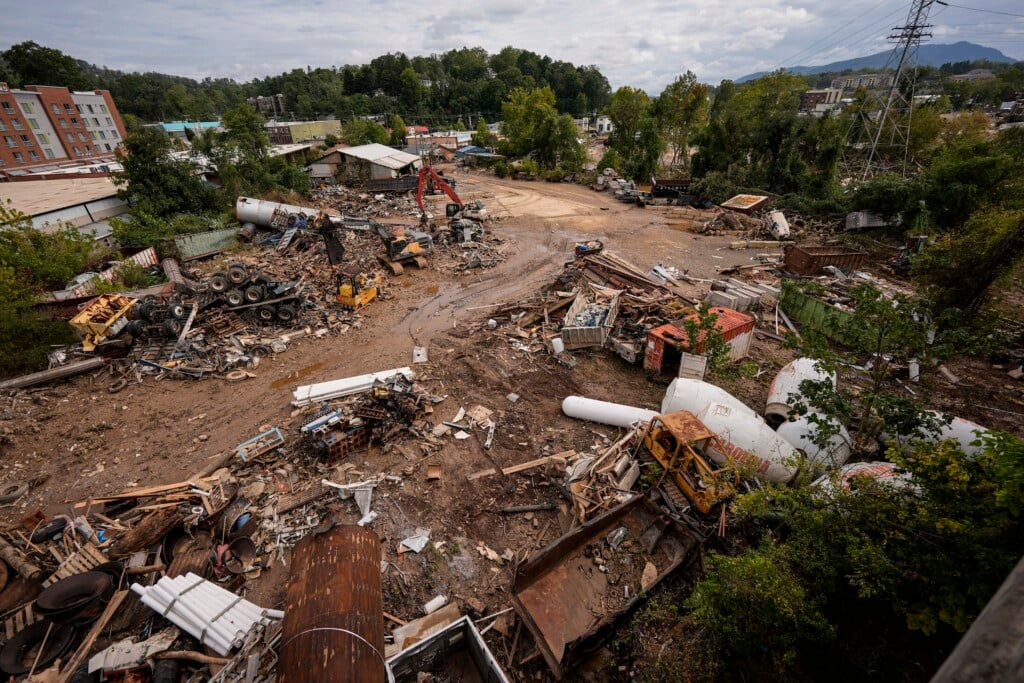I-77 toll lane details:
The I-77 toll lane project is a response to the heavy traffic on highway I-77.

The North Carolina Department of Transportation (NCDOT) hopes to resolve the regions current and future congestion problems with express lanes on 26 miles of I-77 from the Brookshire Freeway (Exit 11) in Mecklenburg County to N.C. 150 (Exit 36) in Iredell County.
According to NCDOT, the project will do two key things:
1. Currently, I-77 has one high-occupancy vehicle (HOV) lane, commonly known as a carpool lane, in each direction within parts of the project’s boundaries. The project will convert those HOV lanes to express lanes.
2. Crews will also build a second express lane alongside the converted HOV lane on I-77 North and South.
There will be two express lanes in each direction on I-77, except in the area between Exits 28 and 36, where one express lane will be built in each direction
The current regional strategy to include additional, optional toll lanes next to existing general-purpose lanes, was developed, approved and requested by local elected officials through a seven-year long study and public review process by the Planning Organization.
The toll roads are optional. Drivers can choose to take a regular lane free of charge during their route.
Cintra’s role:
How is this project being funded? The NCDOT is relying on P3 financing, a public-private partnership between the state and a company control the roadway for the next 50 years.
The NCDOT is paying $88 million to fund the lanes. Cintra, a private road building company based in Spain, is putting a whopping $655 million towards the project.
In return for their contribution, Cintra will set toll lanes and collect the toll revenue until 2068.
The problems:
Toll fee
The biggest issue people have with the I-77 toll lanes is the overall cost. Many residents protested the idea of “pay to drive” roadways.
“We’re saying if it’s $10 a day on average, $50 a week, $200 dollars a month, the average family doesn’t have an extra $200 dollars each month to get to and from work,” said Huntersville resident Mark Gibbons.
The NC DOT has said tolls could be as high as $21 a day for commuters who drive the 27 miles of proposed toll lanes at rush hour.
Taxes
The project is costing taxpayers $95 million to add 100 lane miles.
Business
Local busines leaders pushed to stop the I-77 toll lanes, claiming that the lanes would hurt nearby businesses.
“Our job today was to educate lawmakers on what that impact is, how it’s going to turn businesses away from this area. And how we can stop it, and the cheapest time to stop it will be now,” said small business owner Mac McAlpine.
“We are at ground zero of congestion at exit 30 and 28. Neither, you won’t be able to get on and off either of the tollway, the businesses that exist, the hotels, the restaurants, gas stations, people in toll lanes will be forced to drive by,” said Senator Jeff Tarte. He was one of many lawmakers that asked Governor McCrory to end the I-77 toll project and cancel the contract with Cintra.
Traffic
Many argue that toll lanes will not improve the flow of traffic on I-77, because people will not choose to pay to drive in the toll lanes.
Mac McAlpine, Development Engineer at Michael Waltrip Racing, says the toll lanes will take billions of dollars from the local economy, and says it won’t help ease traffic.
Residents fight back:
Widen I-77, a citizen’s group that opposes a proposed toll lane, filed a complaint to try and prevent the planned traffic project from occurring.
The 12 count complaint asserts that the project would violate state law by converting an existing stretch of general purpose lane into a toll lane, and would amount to taxation without representation due to the N.C. Department of Transportation collecting a percentage of the revenues from the tolls.
“We think sending a percentage of revenue to the government is a tax,” Widen I-77 said on its website. Essentially, the North Carolina Constitution allows for taxation by legislature and not government agencies.
The group eventually failed to stop the project from taking place.
The next step:
Governor Pat McCrory wants the Charlotte Regional Transportation Planning Organization (CRTPO) to vote again on the toll lanes project.
On Monday, The Charlotte City Council is scheduled to either reaffirm the toll project or reverse the decision.
On January 20th, the CRTPO, made up of elected officials from each local government, is scheduled to vote to either reaffirm the toll lane strategy or set in motion the steps to create a new plan.
If the local officials no longer support their previously approved strategy and want to change direction that is a decision that must be made by that local body.
What happens if the CRTPO votes to no longer support the toll lane strategy?
If the CRTPO votes against the toll lanes, six things will happen:
1) Since the strategy is the basis for four optional toll lane projects in the region, work would be suspended on the toll lane projects until a new plan and project list could be determined.
2) The local elected officials that make up CRTPO will have to create and submit for federal approval a new ten-year transportation plan, significantly modifying the one they created and approved in August of 2015.
3) Any new projects included in a new ten-year plan, including replacing funded and approved optional toll lane projects with other widening projects, must be submitted for scoring to compete against all other statewide, regional and division level transportation projects for available funding as required by North Carolina state law.
4) $145 million in bonus allocation funds earned by building the I-77 project are being invested on transportation projects in Mecklenburg and Iredell Counties, because under state law any region which requests toll lanes receives funding that recognizes the local investment in the project. If the project is not built, the region is no longer eligible for the bonus allocation funds.
5) The state is at risk for paying a cost for cancellation. An independent review, through the State Auditors Office, at the request of legislative members gave estimates of $300 million and $82 million to cancel. These are not NCDOT estimates, and ultimately the final cost will be resolved through . That final cost could ultimately be higher or lower than the $300 million estimate.
6) The Governor does not have the authority to allocate the estimated total funds required to pay cancellation costs related to the project and will ask the General Assembly to determine which taxpayer funding source it will come from.
Why pay to cancel the contract?
In order to deliver the project submitted and approved by the local officials, the state signed a legally binding contract, as is the case with all contracts, projections are included for both parties.
If the contract were canceled, it would be defined as a cancellation for convenience under the contract, requiring the payment of cancellation costs.
**Correction to the story: The toll-lane project in Texas that was built by Cintra did not file for bankruptcy as previously reported.




